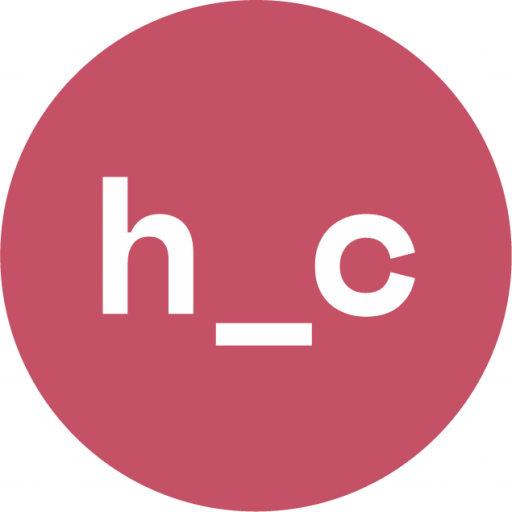Everyone hates a pedophile. Every human society protects children, and adults who harm them can face the harshest punishment allowed by law. Many powerful abusers are shielded by the silence of the complicit and fearful. Thanks to the work of whistleblowers and leakers like the UN’s Anders Kompass, who exposed abuse committed by peacekeeping staff, and investigative reporters like Marisa Kwiatkowski and Jim DeRogatis, who helped bring serial rapists Larry Nassar and R Kelly to justice, there’s proof that our institutions have repeatedly covered up heinous crimes by powerful men.
What if I told you this is only the tip of the iceberg? What if child-killer occultists controlled all of Washington, DC, and Hollywood, and I’ve got the documents to prove it? For the modern skeptic willing to entertain this terrifying notion, WikiLeaks’s 2016 drops of hacked emails from Democratic Party bosses—most notably, John Podesta—hold the key to unlocking a conspiracy of global proportions.
Conspiracy theorists mined the Podesta cache and identified the nasty work of this global pedophilic cabal and their allies in the media. In these offerings from Pizzagate documentaries, just two examples of the many explainer videos circulating since 2016, we can see how these creators dramatize the aesthetics of spycraft and hacktivism to deliver potent blends of fact and fiction. We also see how most of the government corruption revealed by Wikileaks is glossed over or ignored on a journey to the heart of darkness.
As these videos suggest, Pizzagate isn’t one discrete event, but a catch-all term for the many conspiratorial interpretations of the contents of the so-called Podesta Emails, ~60,000 emails published by WikiLeaks in October 2016. To be clear, there’s nothing in the drop to suggest sexual wrongdoing on the part of Hillary Clinton’s campaign chairman John Podesta, or anyone else whose emails were exposed by a spear-phishing attack on his Gmail. There are, however, 149 emails discussing “pizza.” Some were funny, like the pizza for Hillsry typo. Other mentions were odd. Conservative activists cynically exploited these emails for anti-Clinton propaganda. According to their reasoning: cheese pizza (CP) is code for child pornography; keep the core word pizza for simplicity; add gate for scandal vibes; Pizzagate.
Pizzagate didn’t cohere until after the 2016 victory of Donald Trump. It was crucial fuel for the QAnon movement spread through hashtag campaigns on Twitter, social groups on Facebook, and explainer videos like the ones featured here. Biographical details of the video creators don’t exist. Nor do we have any insight into their true beliefs or motivations. We do know that both of these videos were produced and recirculated well after the Podesta drop, feeding happily into pre-existing discourses about the Illuminati and the New World Order.
The video creators seek to teach audiences to read the signs of conspiracy. The Podesta Emails are canon, WikiLeaks is the ultimate source, and Julian Assange is a folk hero. We see examples of a hyperpartisan worldview based on mainstream news, reactionary speculation, and exposure to disturbing, often incomprehensible, recontextualized media. In these clips and other explainer videos, news footage, FBI documents, recordings of performance art, and other found footage are blended in a faux-documentary format, held together only by the narrator’s assertions of their relevance. Even though Pizzagate and its many permutations were inspired by the idea of the hack-and-leak, none of its believers have adopted the weapons of the hacktivist to fight the cabal.
Systematic coverups of abuse are exposed by the accounts of leakers, whistleblowers, survivors, and investigative journalists who tore through conspiracies of silence, endured the ensuing lawfare, and survived the violent pushback. Ideally, this brave reporting compels legal action, encourages similar revelations, and inspires collective action like #MeToo. We’ve also seen the h/activists Anonymous expose pedophile rings and inspire other child-protection campaigns like #OpDeathEaters.[1]
These videos fail to credit this work. It doesn’t seem part of the lineage. While the videos are fixated on whistleblowers, leakers, and info-drops, there is no corollary interest in the craft of hacking itself or the kind of corruption hacktivists expose. As Gabriella Coleman warns us in her critical history of Anonymous and QAnon, we shouldn’t confuse a movement’s shared origins on 4chan for its spirit, particularly when pseudonyms and secrecy make them so opaque to the uninitiated. While Pizzagate videos may promise to open a “political portal for engagement” with very real social problems, like illegal surveillance, corruption, and child trafficking, they’re a dead end, a self-referential network of suspicion and trauma.
As Pizzagate believers hijacked activist hashtags like #SaveTheChildren, and evangelized at Trump rallies and protests, the fringe moved mainstream. Pizzagate remains problematic for platform moderation: its tendrils are visible in QAnon and the Wayfair youth panic of 2020, and it is likely to reconstitute in future forms. In the case of the Podesta Emails, we can see the ongoing consequences of an unattributed hack-and-leak, and how a new generation of conspiracy theorists use it to learn how to read the signs of conspiracy all around us.




